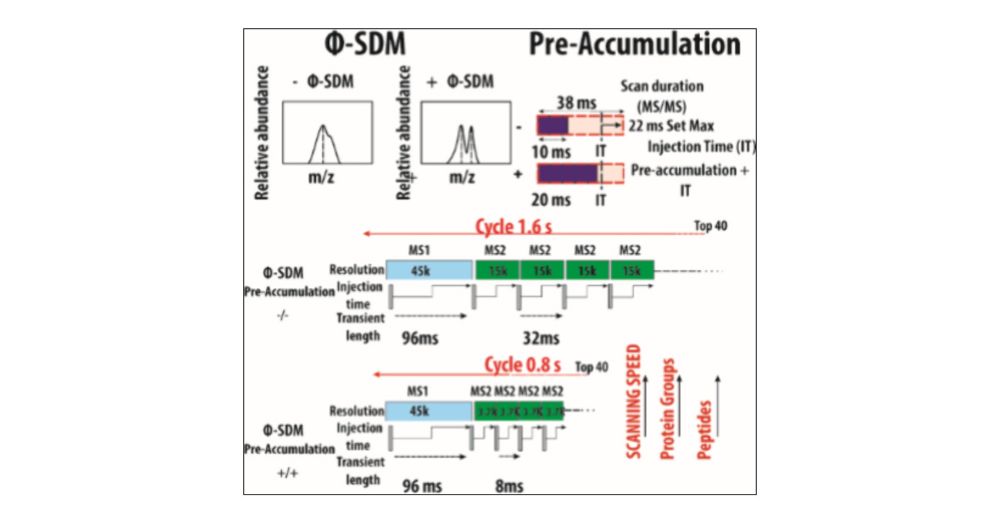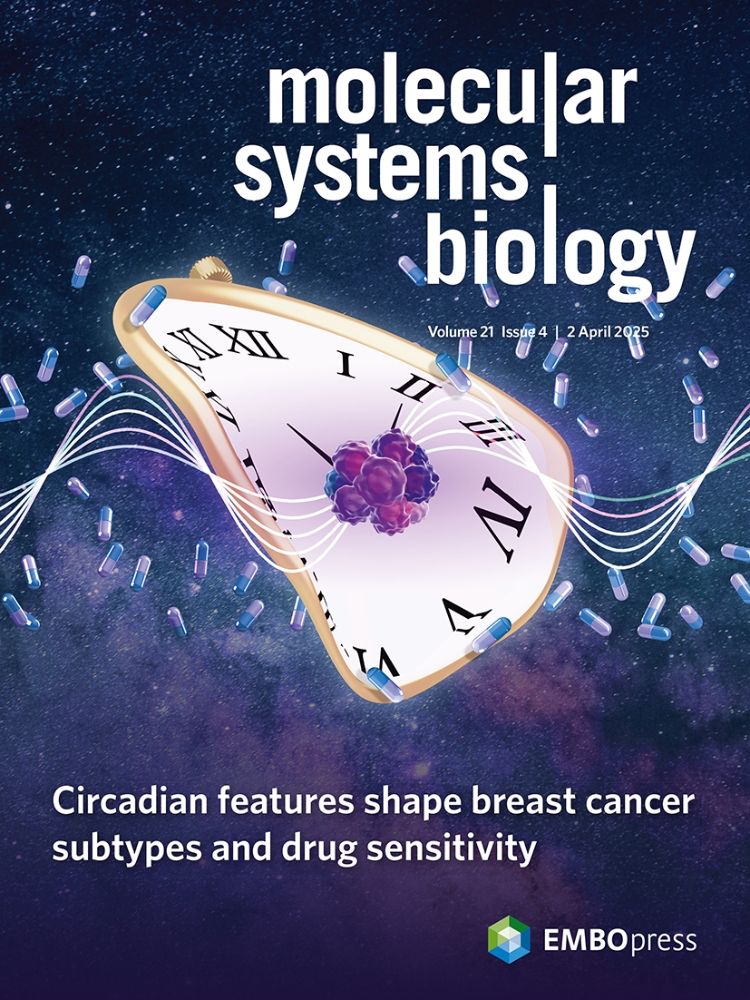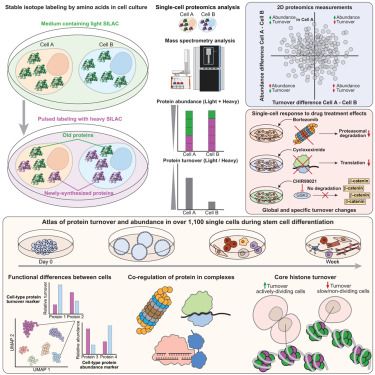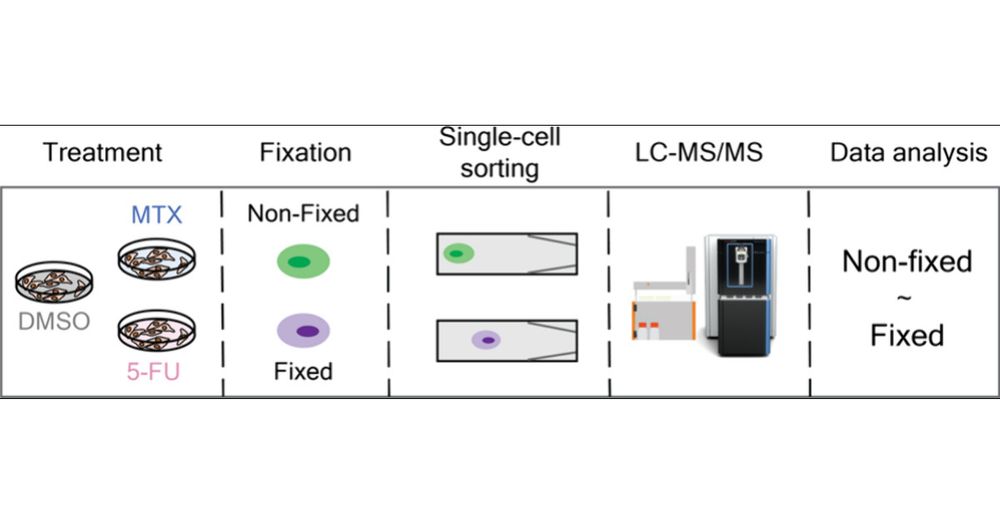
We present our collaborative project on “personalising clinical decisions in ovarian cancer through patient-derived in vitro models”.
Have a look at it 👇🏼 and don’t forget to suport us by putting like on Youtube 👍🏼
youtu.be/J4bc1MPqIqE?...

We present our collaborative project on “personalising clinical decisions in ovarian cancer through patient-derived in vitro models”.
Have a look at it 👇🏼 and don’t forget to suport us by putting like on Youtube 👍🏼
youtu.be/J4bc1MPqIqE?...
www.biorxiv.org/content/10.1...

www.biorxiv.org/content/10.1...
Read how we did it in our latest paper 👇
pubs.acs.org/doi/10.1021/...

Read how we did it in our latest paper 👇
pubs.acs.org/doi/10.1021/...
We used proteomics on Paranthropus robustus fossils from South Africa (~2 million years old) to get insights into biological sex and variation.
A great example of how LC-MS/MS can uncover new transformative info👇
Our paper on enamel proteins from Paranthropus robustus has finally been peer reviewed, please have a read here: www.science.org/doi/10.1126/...
Paranthropus robustus has been puzzling scientists since its discovery in 1938 in South Africa, where a high number of fossils have been found.

We used proteomics on Paranthropus robustus fossils from South Africa (~2 million years old) to get insights into biological sex and variation.
A great example of how LC-MS/MS can uncover new transformative info👇
www.embopress.org/doi/full/10....

www.embopress.org/doi/full/10....
We used mass spectrometry to uncover a conserved stemness signature in ovarian cancer stem cells (OCSCs).
Check what we found and why it matters. 👇
#OvarianCancer #CancerStemCells #MassSpec #proteomics
www.mcponline.org/article/S153...

We used mass spectrometry to uncover a conserved stemness signature in ovarian cancer stem cells (OCSCs).
Check what we found and why it matters. 👇
#OvarianCancer #CancerStemCells #MassSpec #proteomics
www.mcponline.org/article/S153...
We've developed SC-pSILAC to simultaneously measure protein turnover and abundance in single cells, unlocking the first large-scale, 2D proteomic insights at single-cell resolution!
www.cell.com/cell/fulltex...

We've developed SC-pSILAC to simultaneously measure protein turnover and abundance in single cells, unlocking the first large-scale, 2D proteomic insights at single-cell resolution!
www.cell.com/cell/fulltex...
We evaluated how formaldehyde-based fixation preserve proteome state, drug response and cell integrity. Ultimately, cell fixation can facilitate access to #singlecell by enabeling sample shiping and prolonged sorting 📦
pubs.acs.org/doi/10.1021/...

We evaluated how formaldehyde-based fixation preserve proteome state, drug response and cell integrity. Ultimately, cell fixation can facilitate access to #singlecell by enabeling sample shiping and prolonged sorting 📦
pubs.acs.org/doi/10.1021/...
www.nature.com/articles/s41...

www.nature.com/articles/s41...

